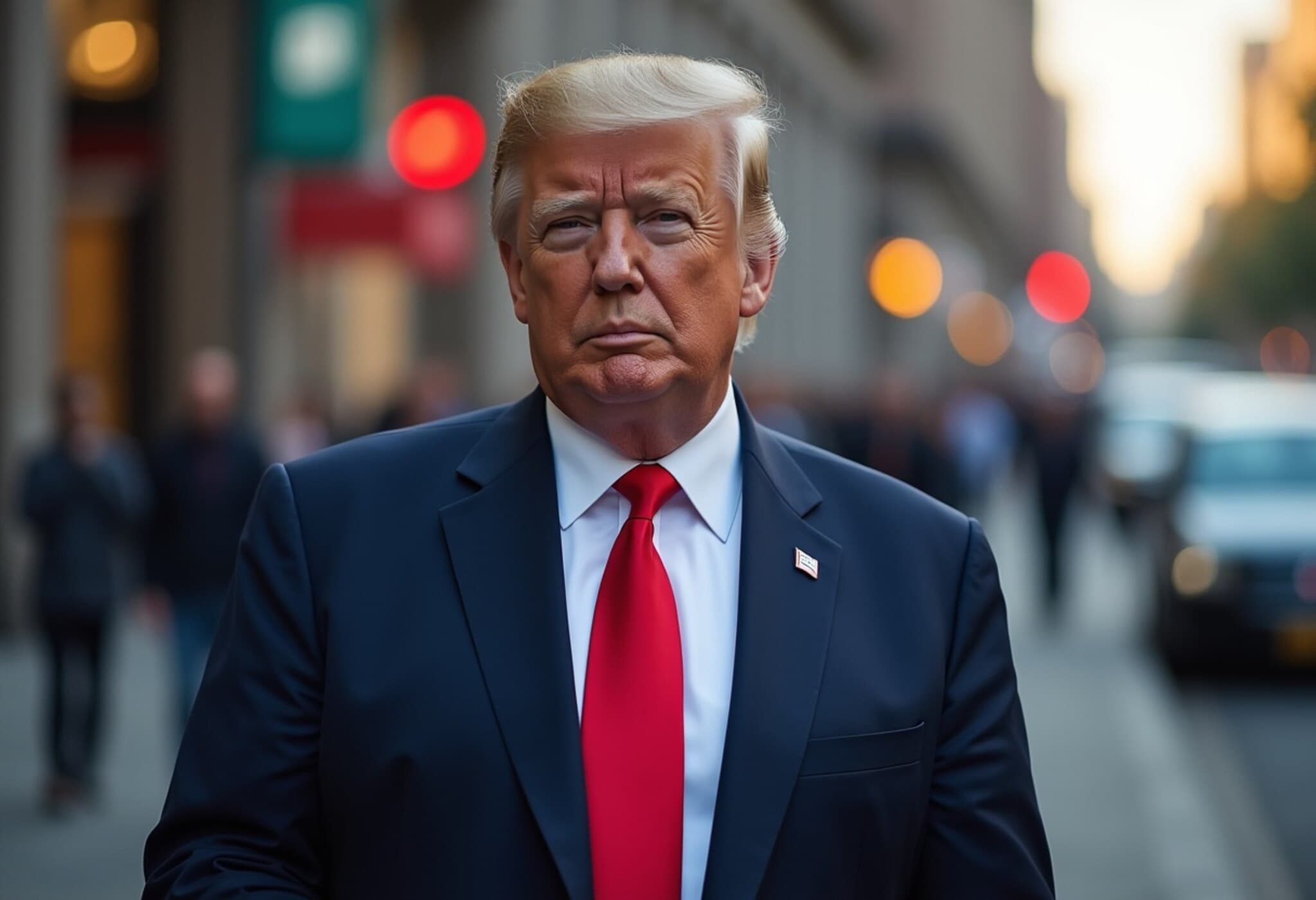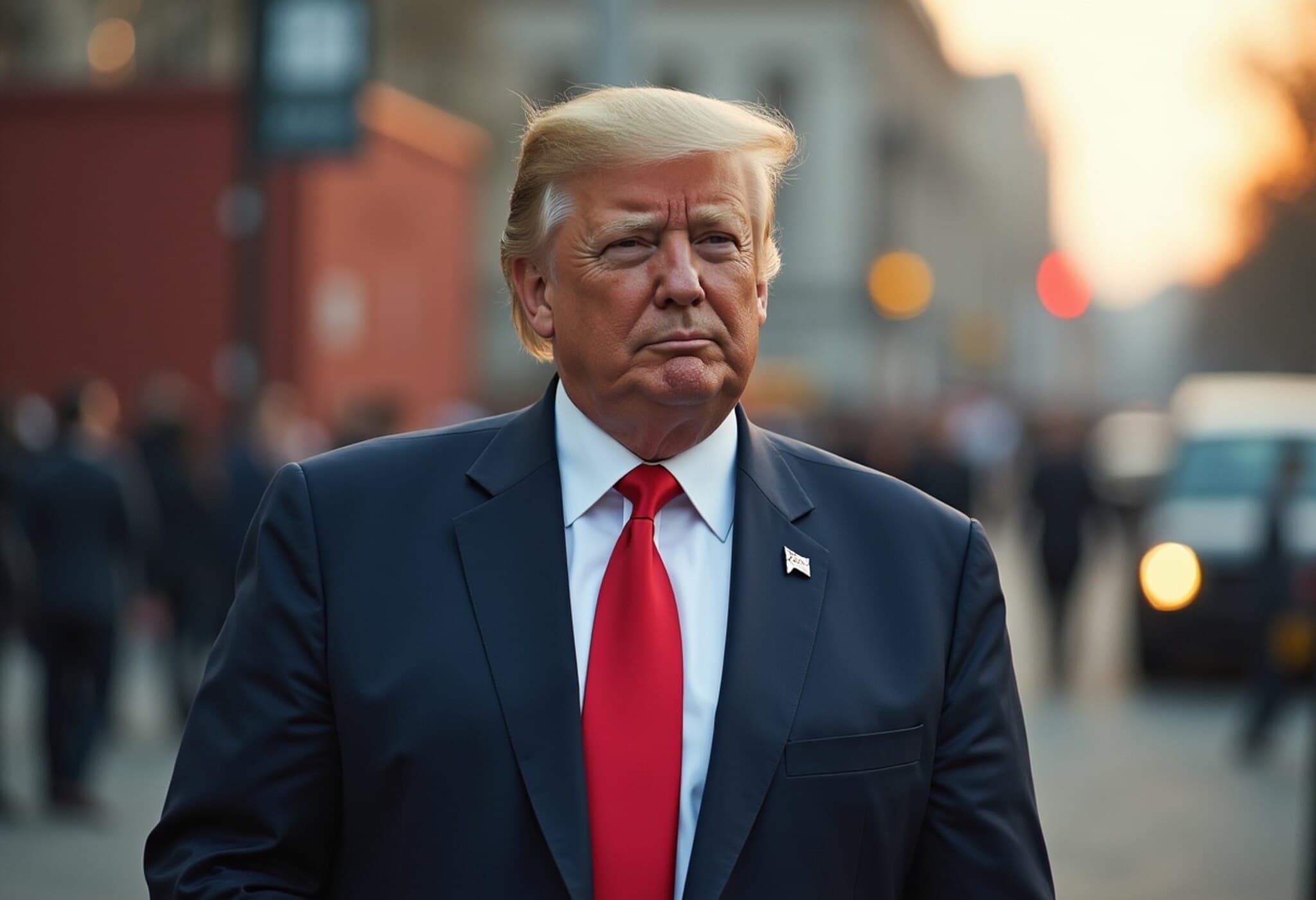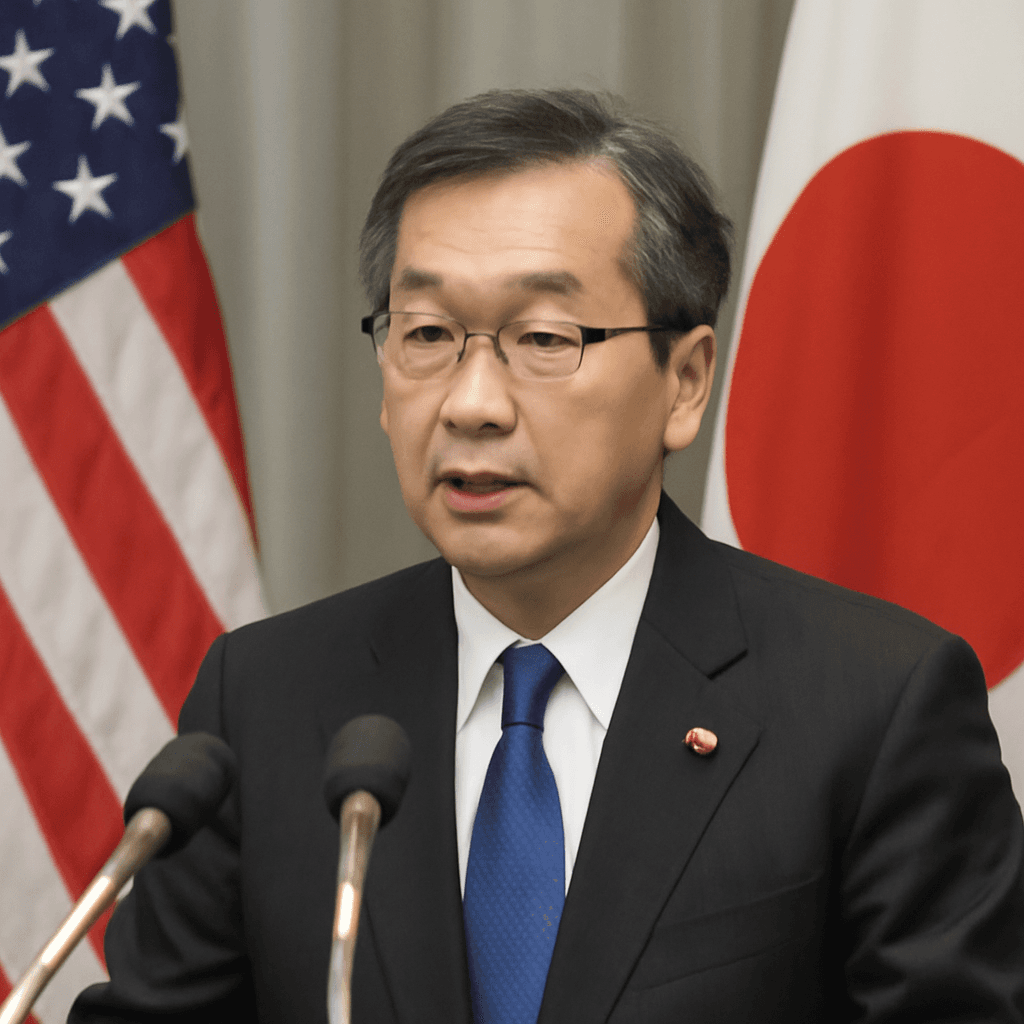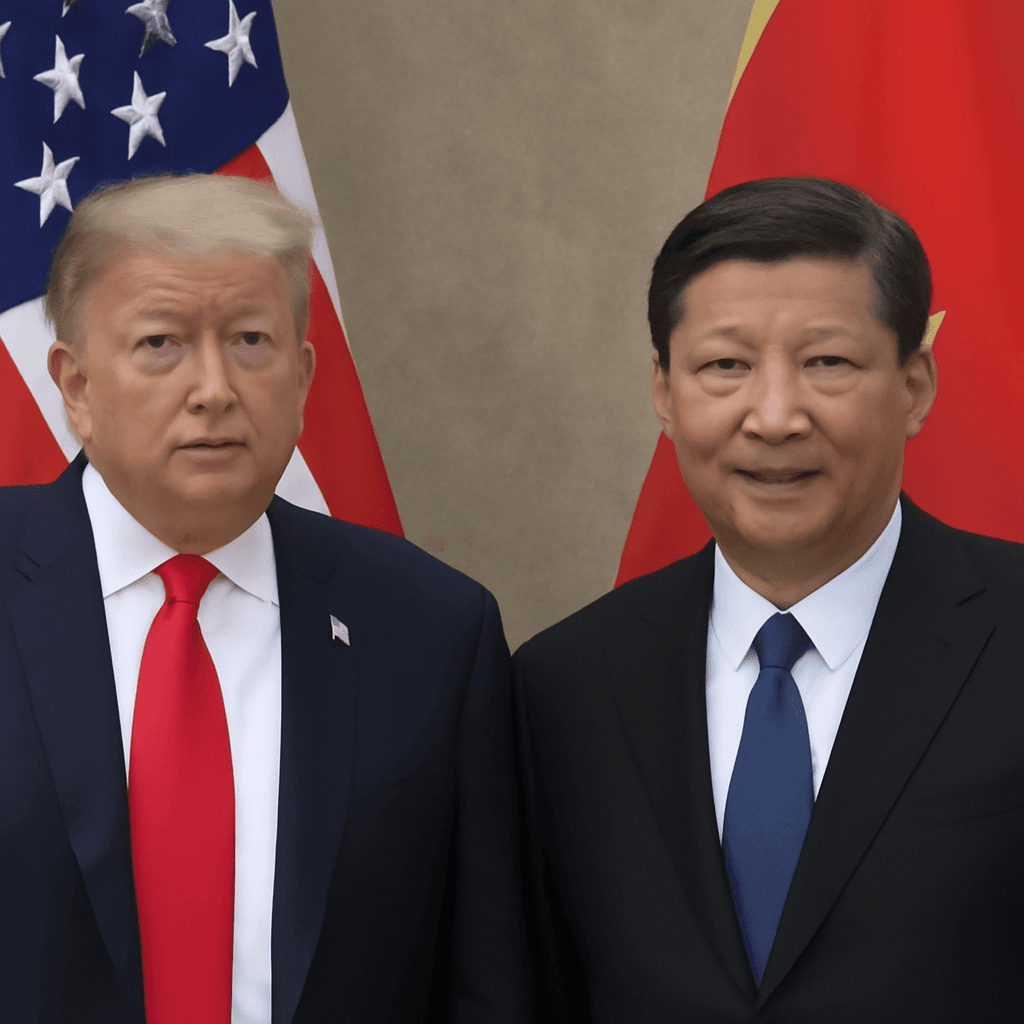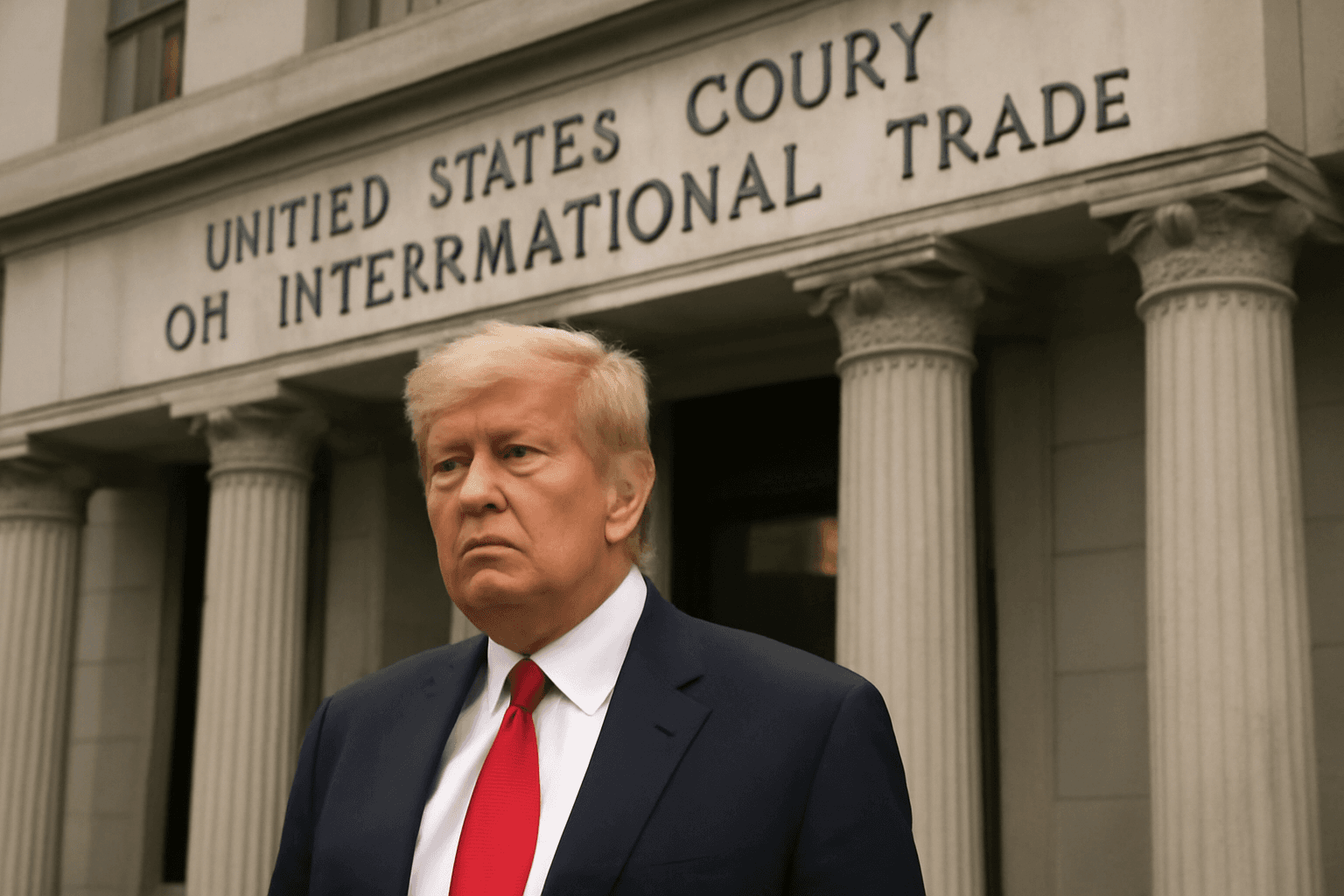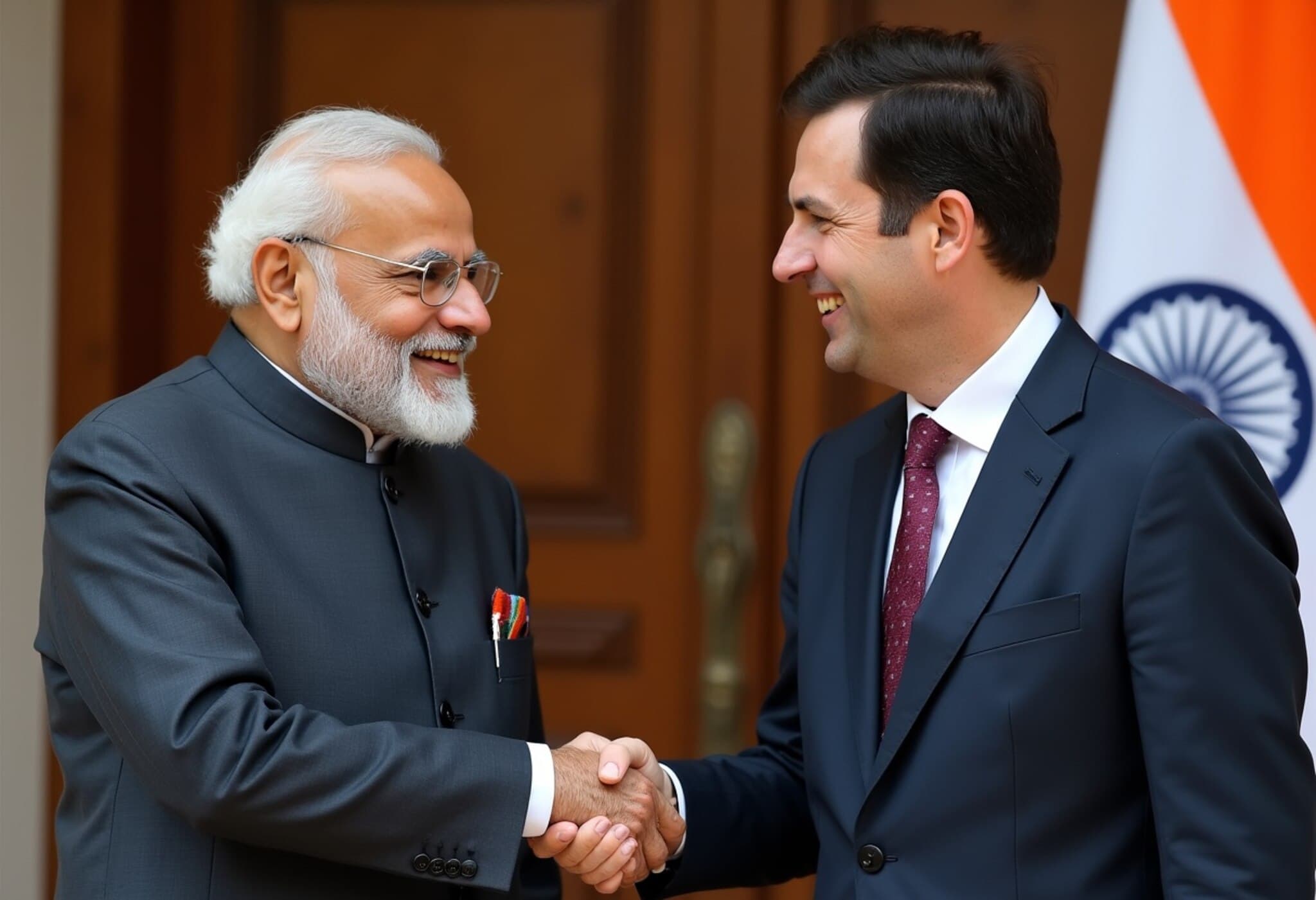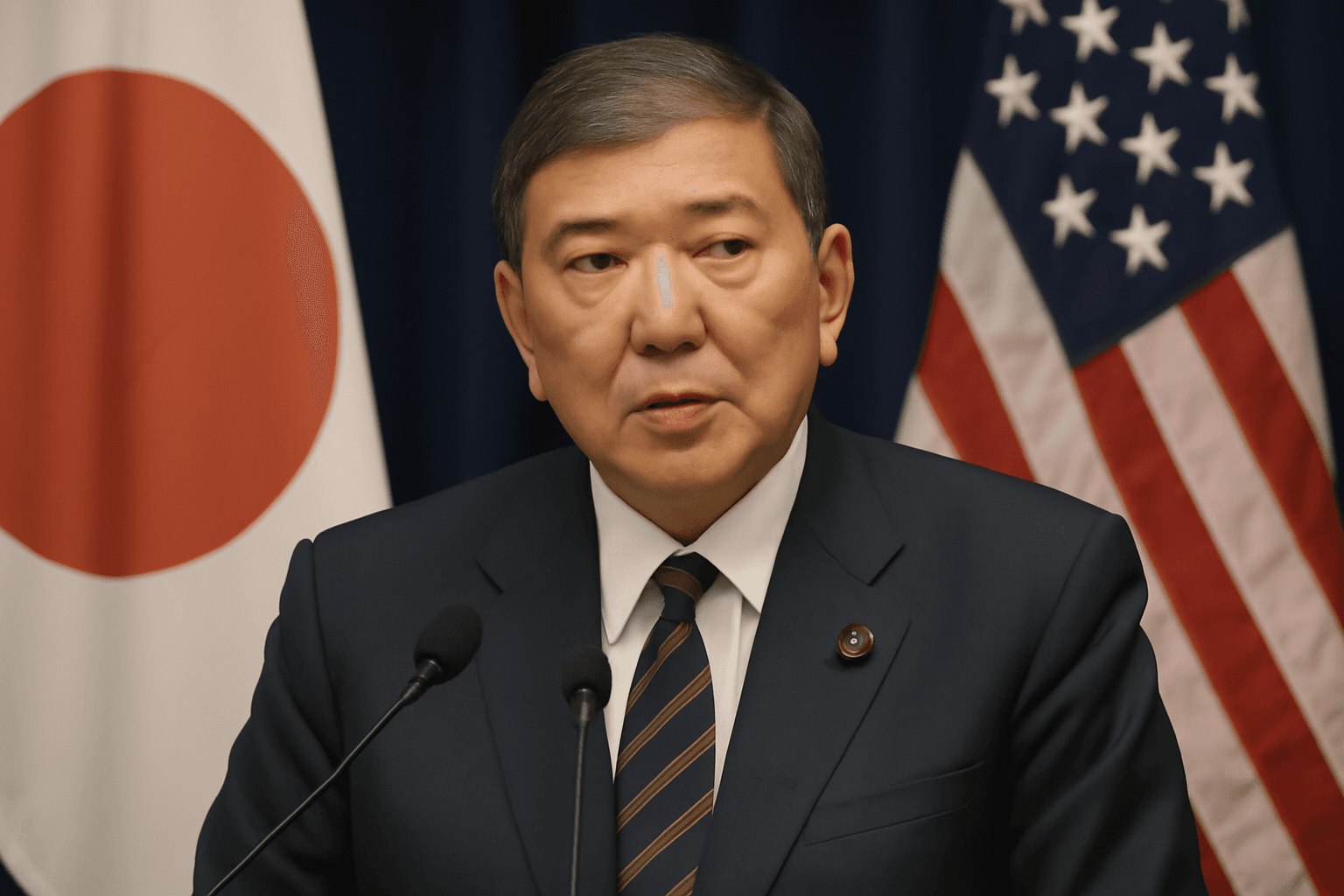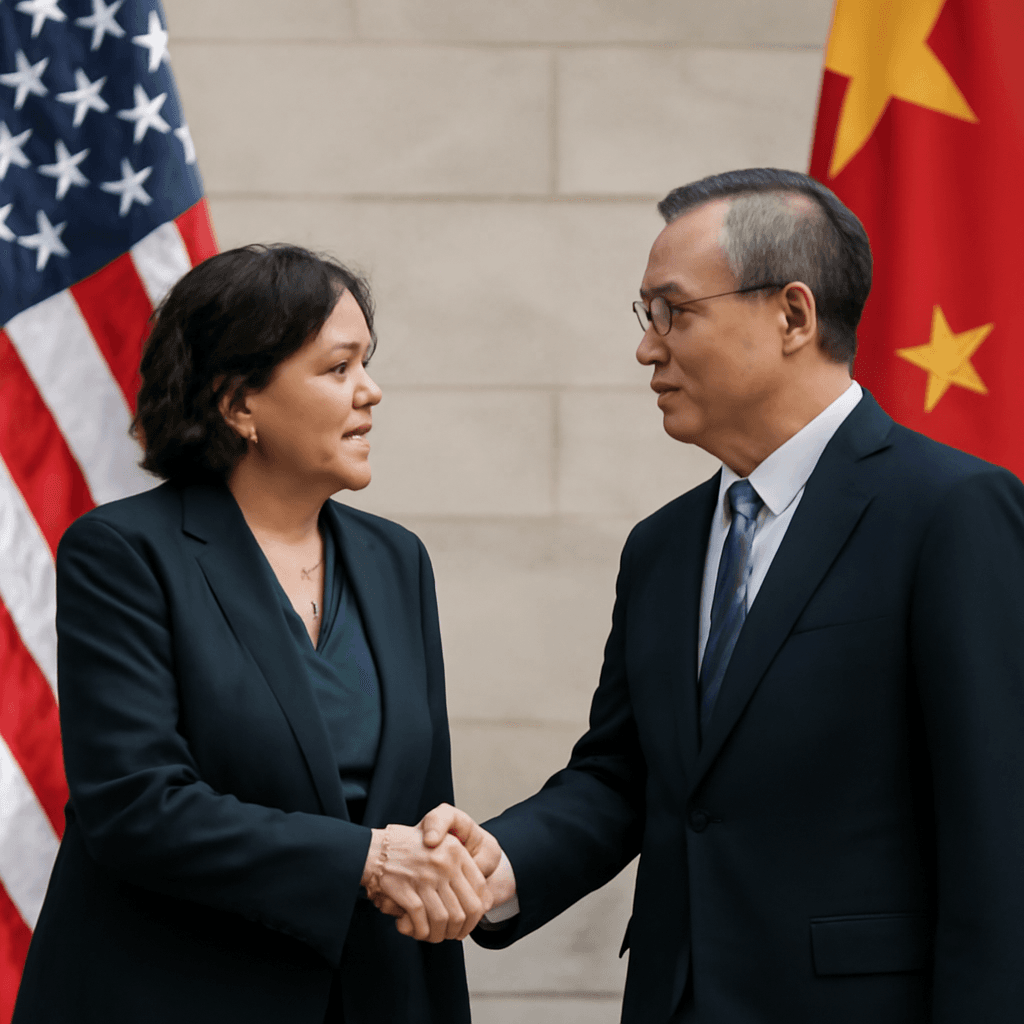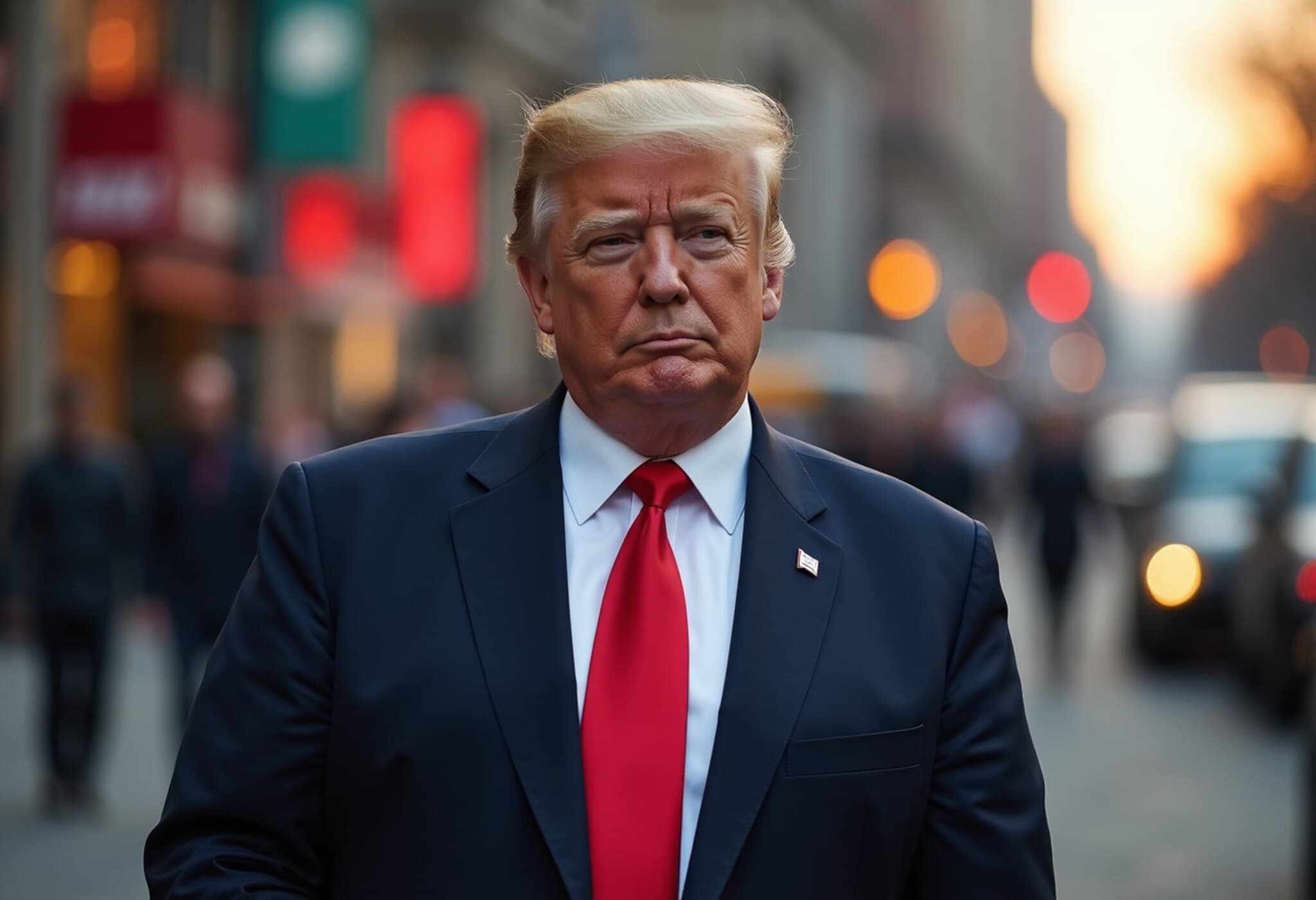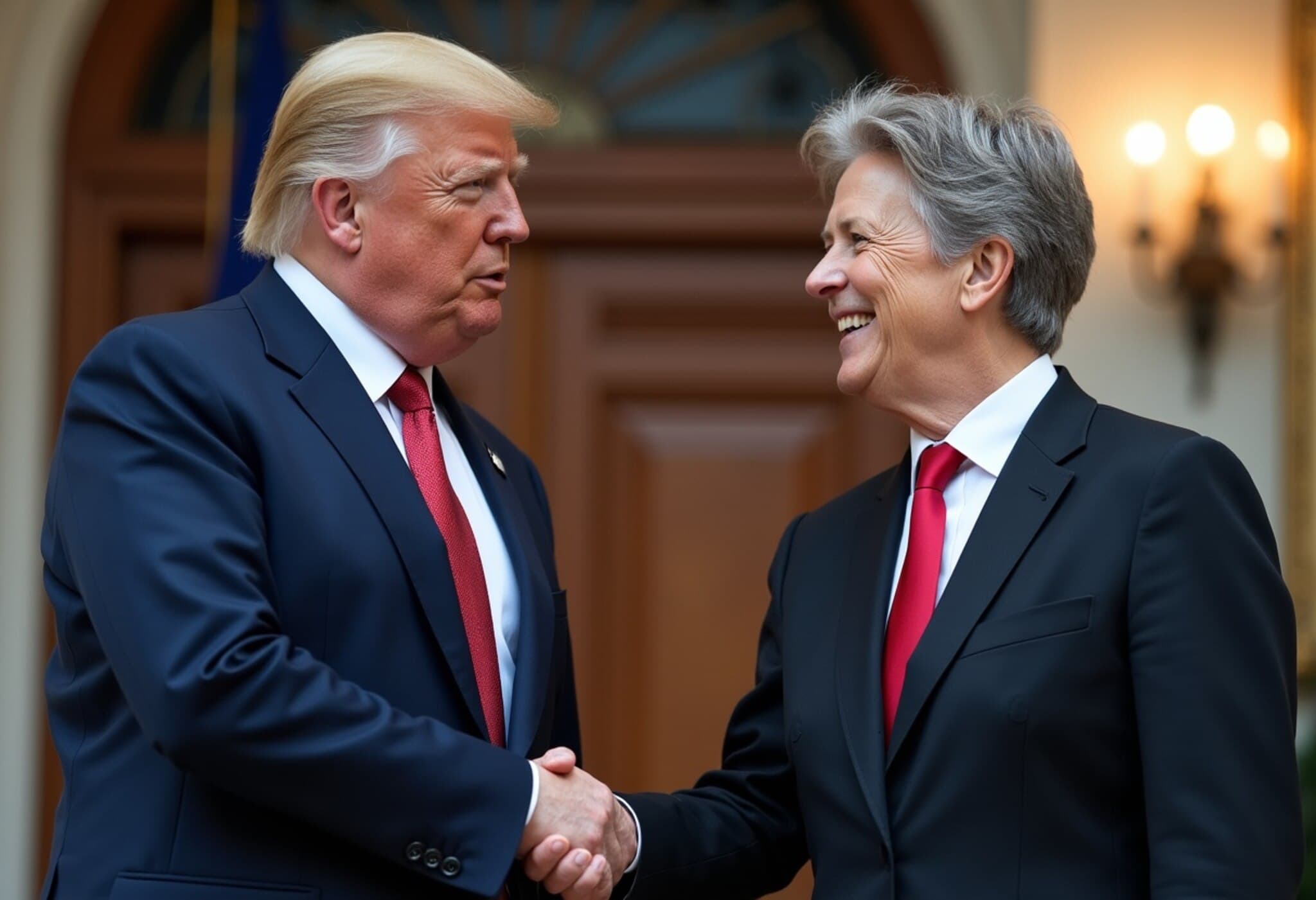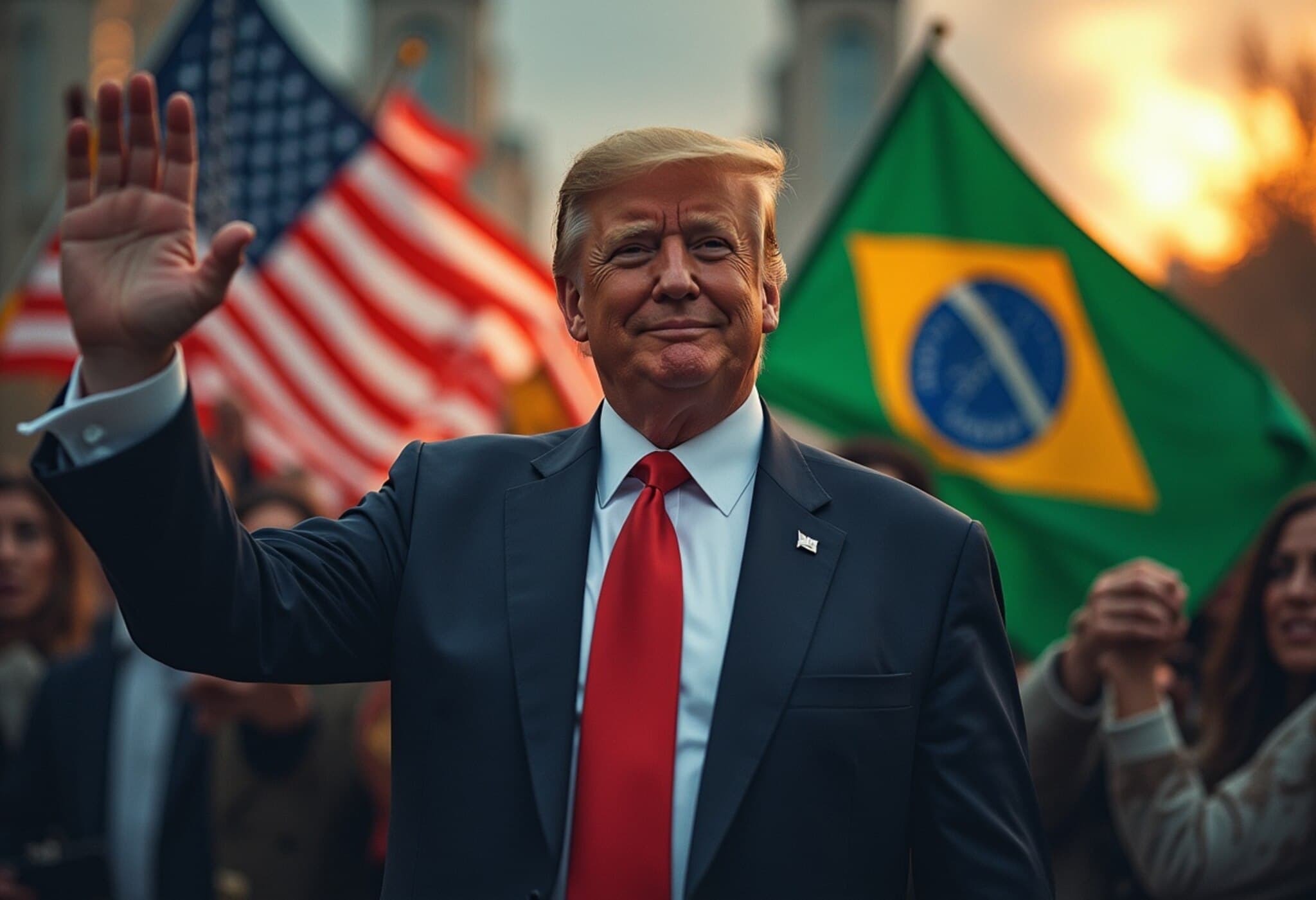Trump Signals Potential Tariffs on $1.6 Billion Worth of Australian Goods
In a recent statement that has caught the attention of international trade observers, U.S. President Donald Trump indicated he is considering imposing tariffs on certain Australian exports valued at approximately $1.6 billion. This move is anticipated to target pharmaceutical imports and could take effect from late July.
Context Behind the Tariff Threat
The announcement comes amid ongoing tensions between the United States and Australia concerning trade imbalances, intellectual property concerns, and protection of domestic industries. Trump's administration has frequently emphasized its America-first trade policies, aiming to bolster U.S. manufacturing and reduce dependency on imported pharmaceuticals and other goods.
While details remain preliminary, the president mentioned that these tariffs could be imposed "probably" by the end of July, signaling a relatively tight timeline that has already put Australian exporters on alert.
Implications for Australian Exporters and Global Trade
Australia’s pharmaceutical sector stands to be significantly affected, with exports to the U.S. encompassing both generic and patented drugs. This could have a reverberating impact on price and supply chains in both countries.
Trade experts warn that imposition of such tariffs may not only harm Australia’s economy by reducing competitiveness in the lucrative U.S. market but could also lead to retaliatory measures, escalating a trade dispute.
- Economic impact: Australian exporters risk losing market share, potentially leading to job losses in affected industries.
- Consumer costs: Higher tariffs could translate into increased drug prices for American consumers.
- Diplomatic relations: This action could strain the historically strong U.S.-Australia alliance, complicating bilateral cooperation beyond trade.
Expert Perspective: Navigating Trade Uncertainty
Dr. Emily Carter, a trade policy analyst at the Center for Global Economics, notes, "Such tariff threats are emblematic of a broader shift toward protectionism that we’ve seen in recent years. While intended to protect domestic industries, they often produce complex ripple effects that can harm international partnerships and economic stability. For Australia, it's critical to engage diplomatically while also exploring market diversification to mitigate risks."
What Comes Next?
Stakeholders await further clarity regarding specific tariff rates, affected products, and exemption possibilities. Meanwhile, Australian exporters should consider strategic adjustments, including supply chain realignments and engagement with U.S. policymakers to advocate for mutual trade benefits.
As the deadline looms, the global community will watch closely to see whether this potential tariff move sets a precedent for other bilateral trade relations or sparks a wider escalation in tariff-based trade barriers.
Editor’s Note
This potential imposition of tariffs on Australian pharmaceutical exports highlights the fragile balance between national interests and global trade partnerships. It raises essential questions about the long-term efficacy of protectionist policies in an increasingly interconnected world economy. Readers and policymakers alike should consider the broader implications beyond immediate economic figures—such as diplomatic trust, supply chain resilience, and consumer welfare—when assessing such trade dynamics.

